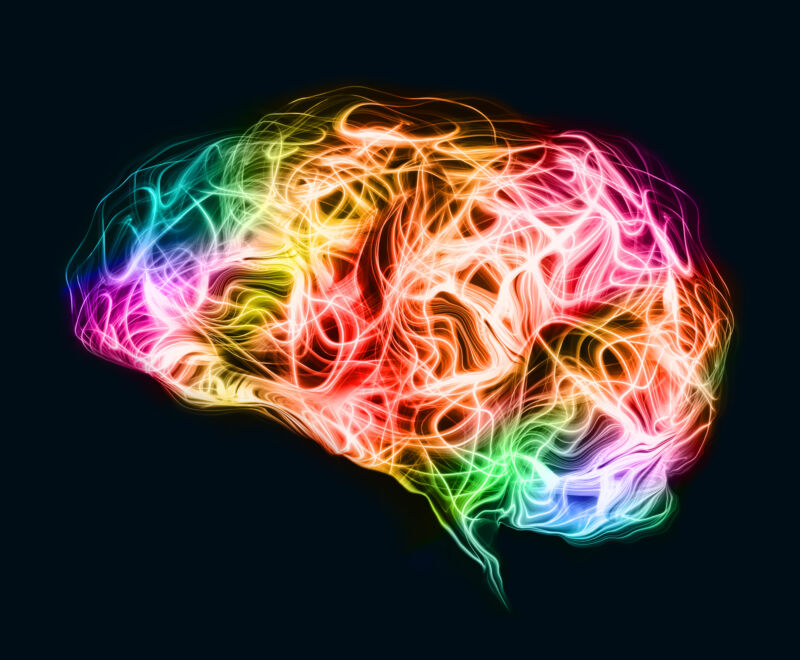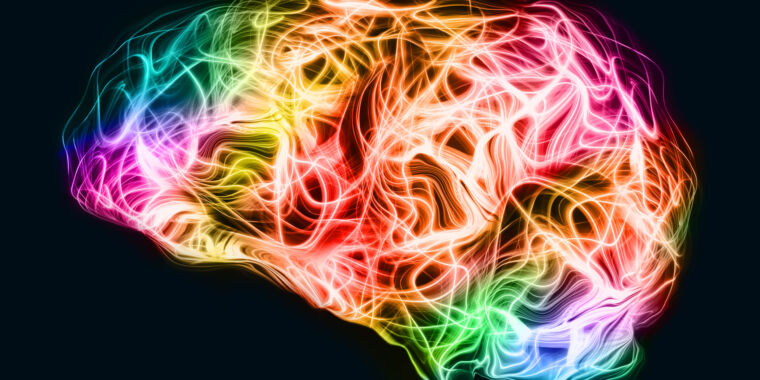The nature of consciousness, and how to enjoy it while you can
Remaining aware —
In his new book, Christof Koch views consciousness as a theorist and an aficionado.

Unraveling how consciousness arises out of particular configurations of organic matter is a quest that has absorbed scientists and philosophers for ages. Now, with AI systems behaving in strikingly conscious-looking ways, it is more important than ever to get a handle on who and what is capable of experiencing life on a conscious level. As Christof Koch writes in Then I Am Myself the World, “That you are intimately acquainted with the way life feels is a brute fact about the world that cries out for an explanation.” His explanation—bounded by the limits of current research and framed through Koch’s preferred theory of consciousness—is what he eloquently attempts to deliver.
Koch, a physicist, neuroscientist, and former president of the Allen Institute for Brain Science, has spent his career hunting for the seat of consciousness, scouring the brain for physical footprints of subjective experience. It turns out that the posterior hot zone, a region in the back of the neocortex, is intricately connected to self-awareness and experiences of sound, sight, and touch. Dense networks of neocortical neurons in this area connect in a looped configuration; output signals feedback into input neurons, allowing the posterior hot zone to influence its own behavior. And herein, Koch claims, lies the key to consciousness.
In the hot zone
According to integrated information theory (IIT)—which Koch strongly favors over a multitude of contending theories of consciousness—the Rosetta Stone of subjective experience is the ability of a system to influence itself: to use its past state to affect its present state and its present state to influence its future state.
Billions of neurons exist in the cerebellum, but they are wired “with nonoverlapping inputs and outputs … in a feed-forward manner,” writes Koch. He argues that a structure designed in this way, with limited influence over its own future, is not likely to produce consciousness. Similarly, the prefrontal cortex might allow us to perform complex calculations and exhibit advanced reasoning skills, but such traits do not equate to a capacity to experience life. It is the “reverberatory, self-sustaining excitatory loops prevalent in the neocortex,” Koch tells us, that set the stage for subjective experience to arise.
This declaration matches the experimental evidence Koch presents in Chapter 6: Injuries to the cerebellum do not eliminate a person’s awareness of themselves in relation to the outside world. Consciousness remains, even in a person who can no longer move their body with ease. Yet injuries to the posterior hot zone within the neocortex significantly change a person’s perception of auditory, visual, and tactile information, altering what they subjectively experience and how they describe these experiences to themselves and others.
Does this mean that artificial computer systems, wired appropriately, can be conscious? Not necessarily, Koch says. This might one day be possible with the advent of new technology, but we are not there yet. He writes. “The high connectivity [in a human brain] is very different from that found in the central processing unit of any digital computer, where one transistor typically connects to a handful of other transistors.” For the foreseeable future, AI systems will remain unconscious despite appearances to the contrary.
Koch’s eloquent overview of IIT and the melodic ease of his neuroscientific explanations are undeniably compelling, even for die-hard physicalists who flinch at terms like “self-influence.” His impeccably written descriptions are peppered with references to philosophers, writers, musicians, and psychologists—Albert Camus, Viktor Frankl, Richard Wagner, and Lewis Carroll all make appearances, adding richness and relatability to the narrative. For example, as an introduction to phenomenology—the way an experience feels or appears—he aptly quotes Eminem: “I can’t tell you what it really is, I can only tell you what it feels like.”
The nature of consciousness, and how to enjoy it while you can Read More »
